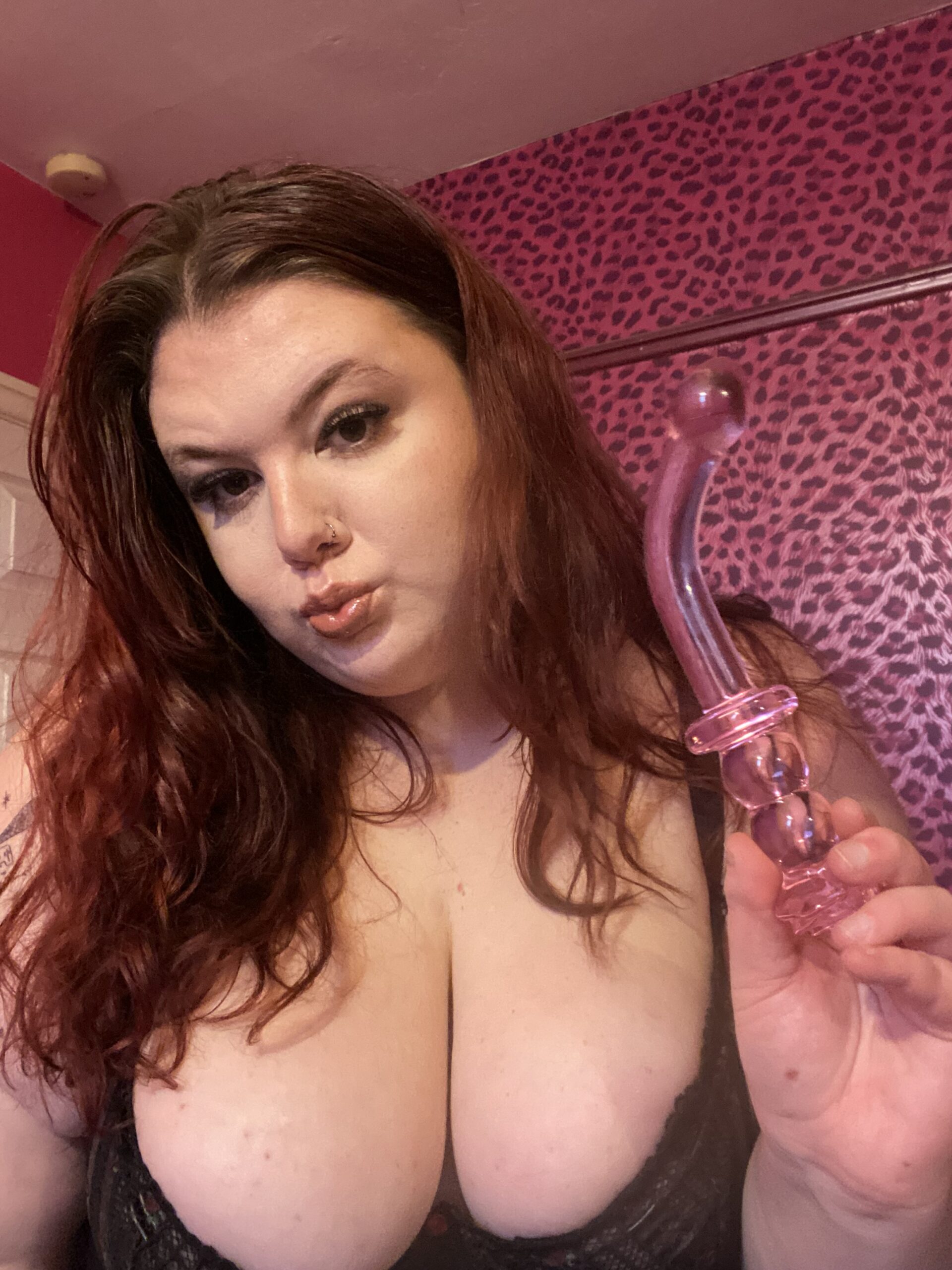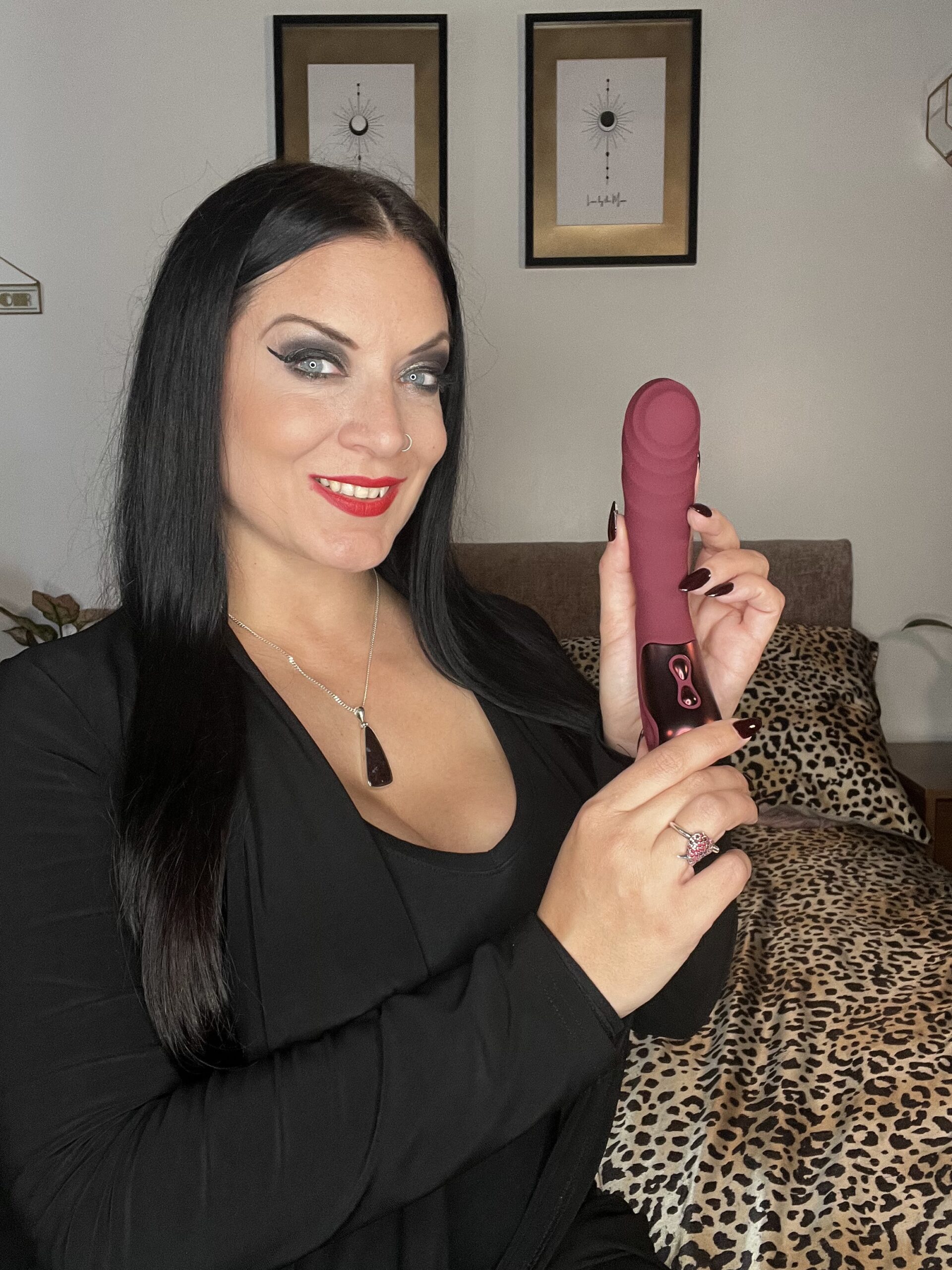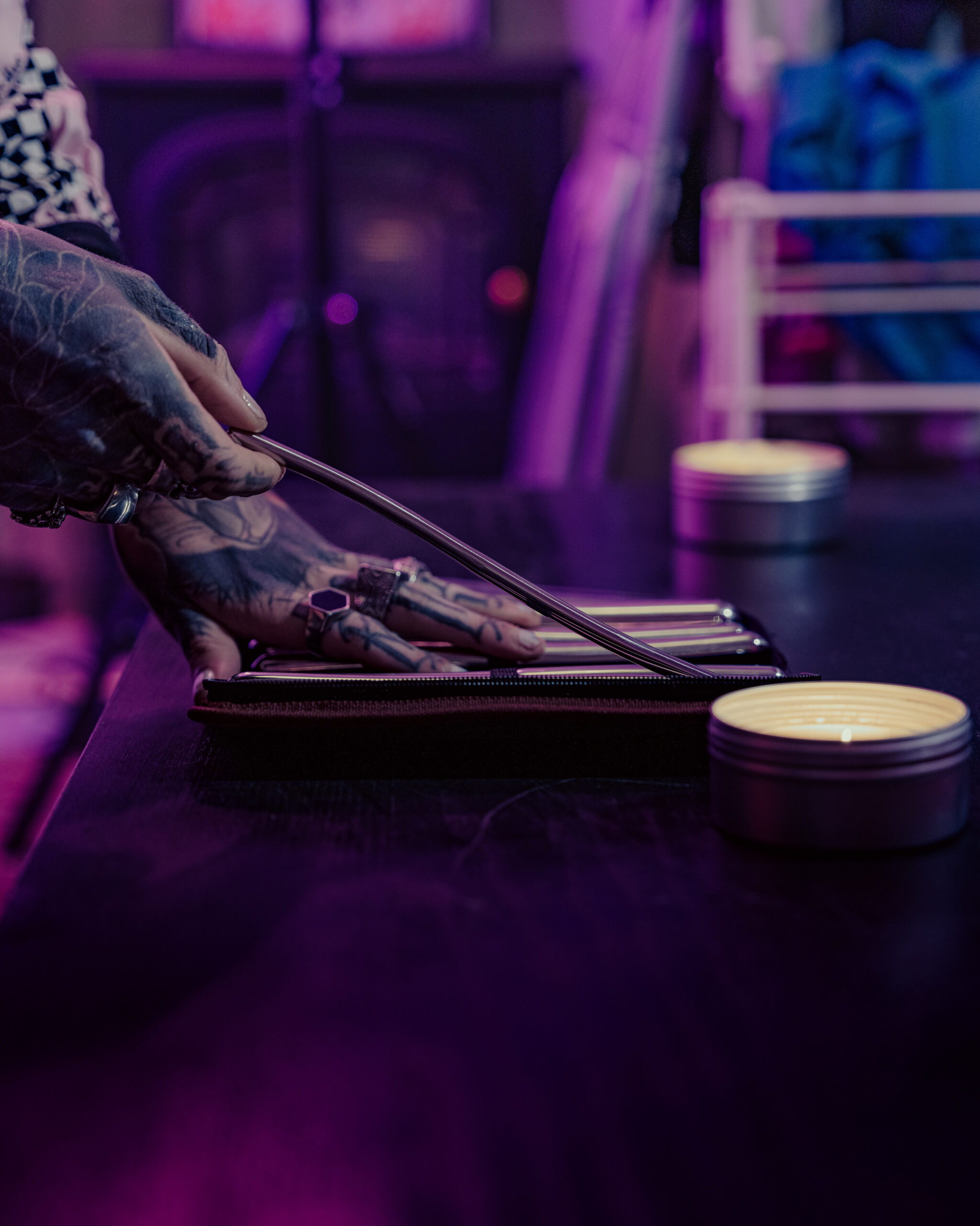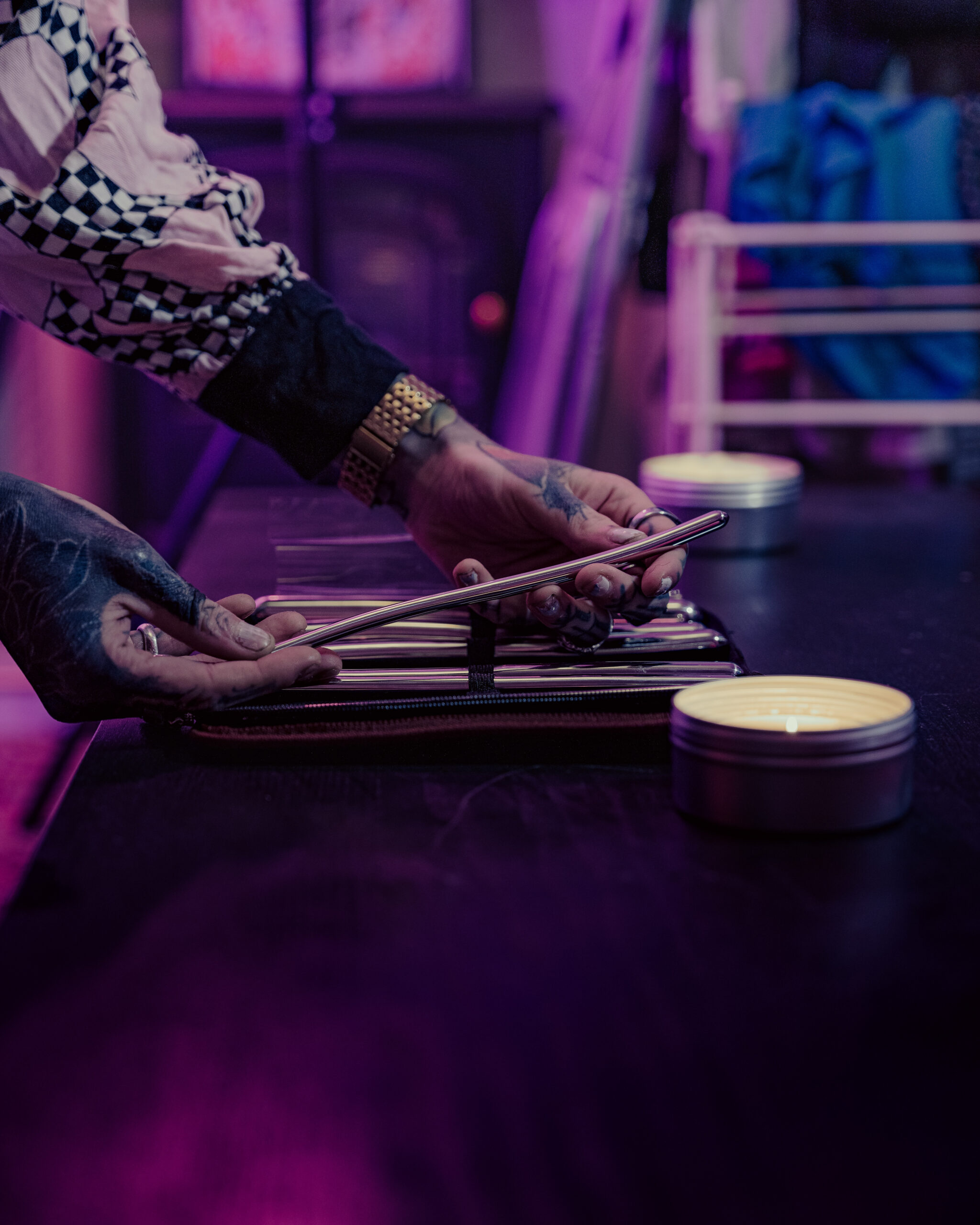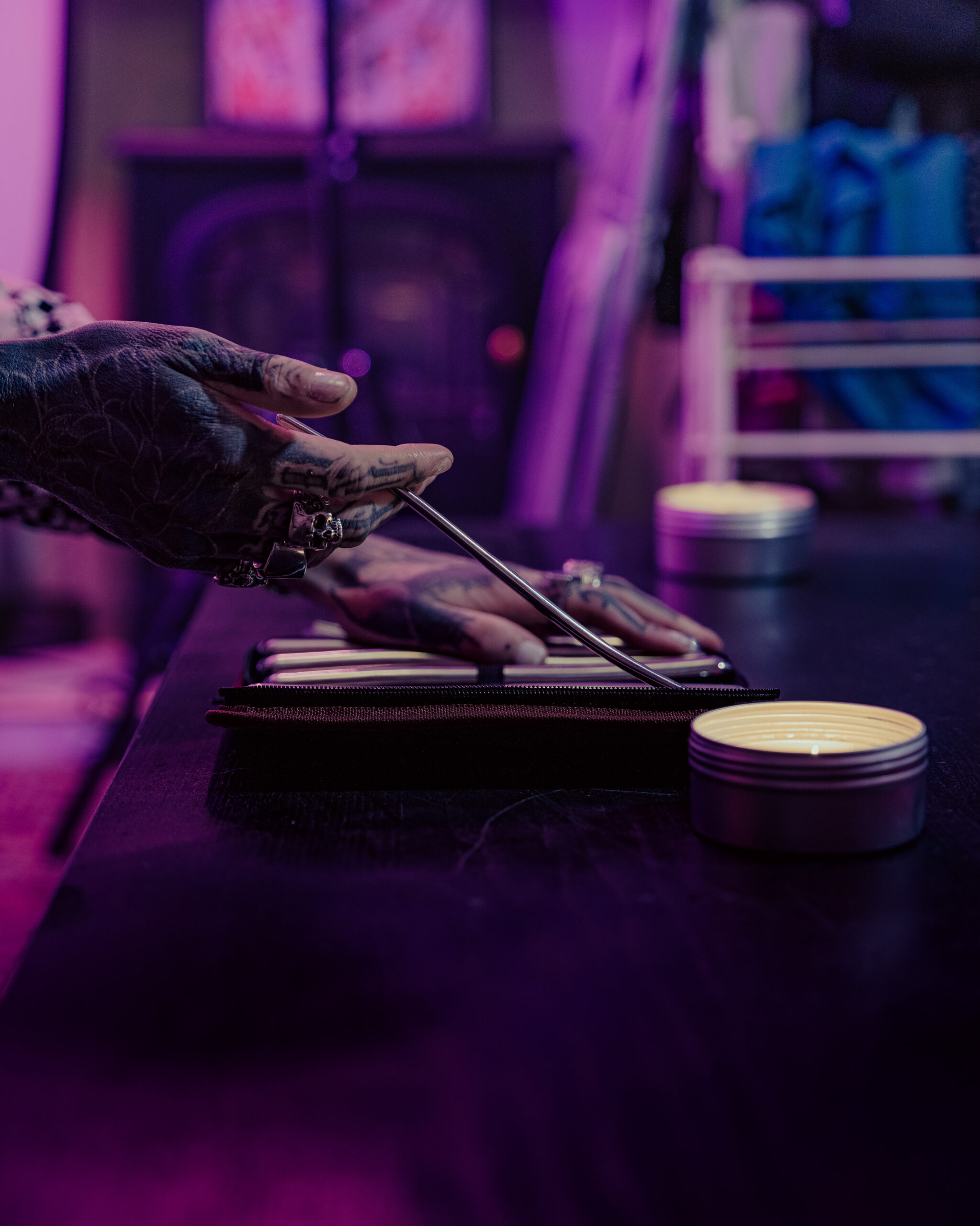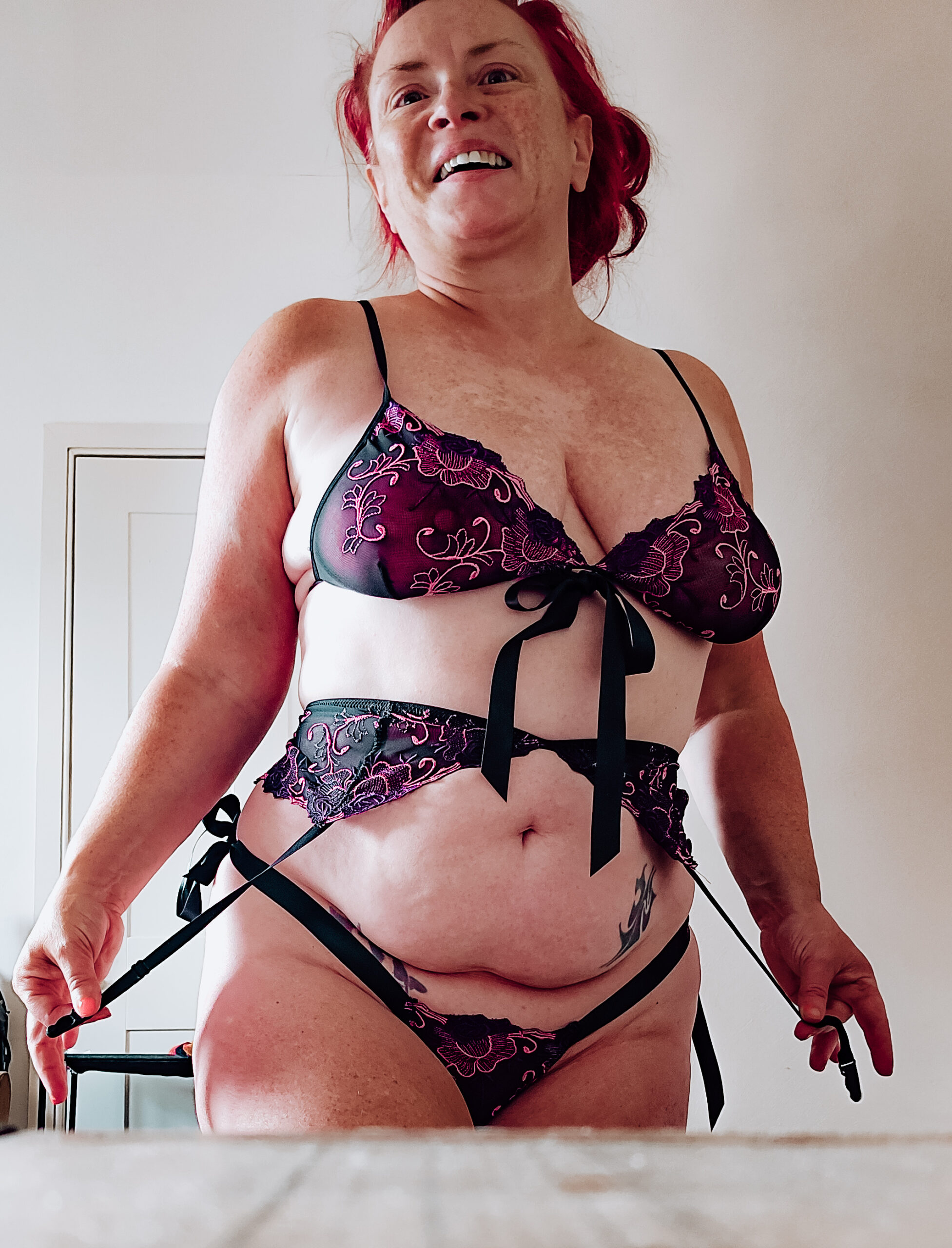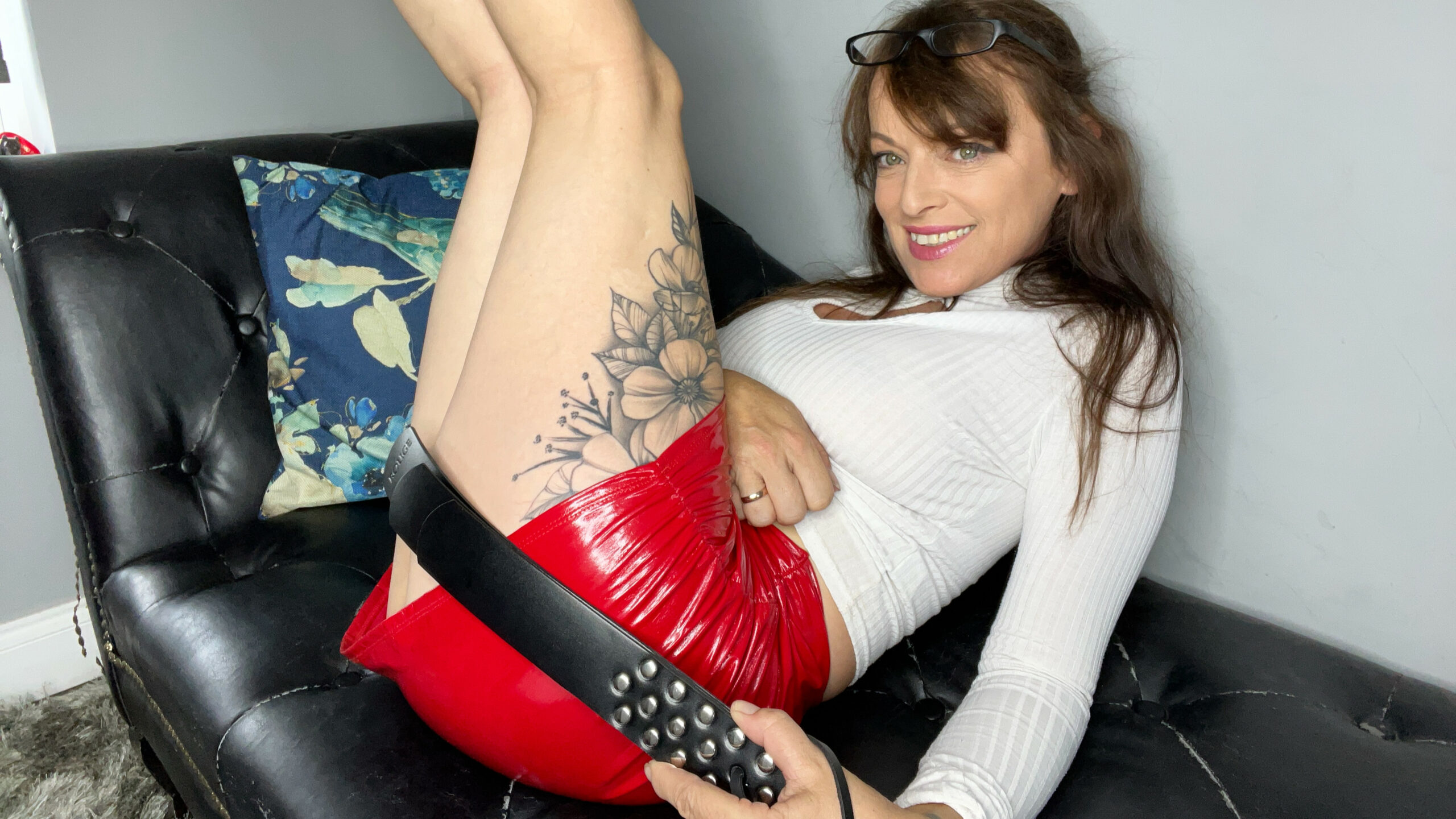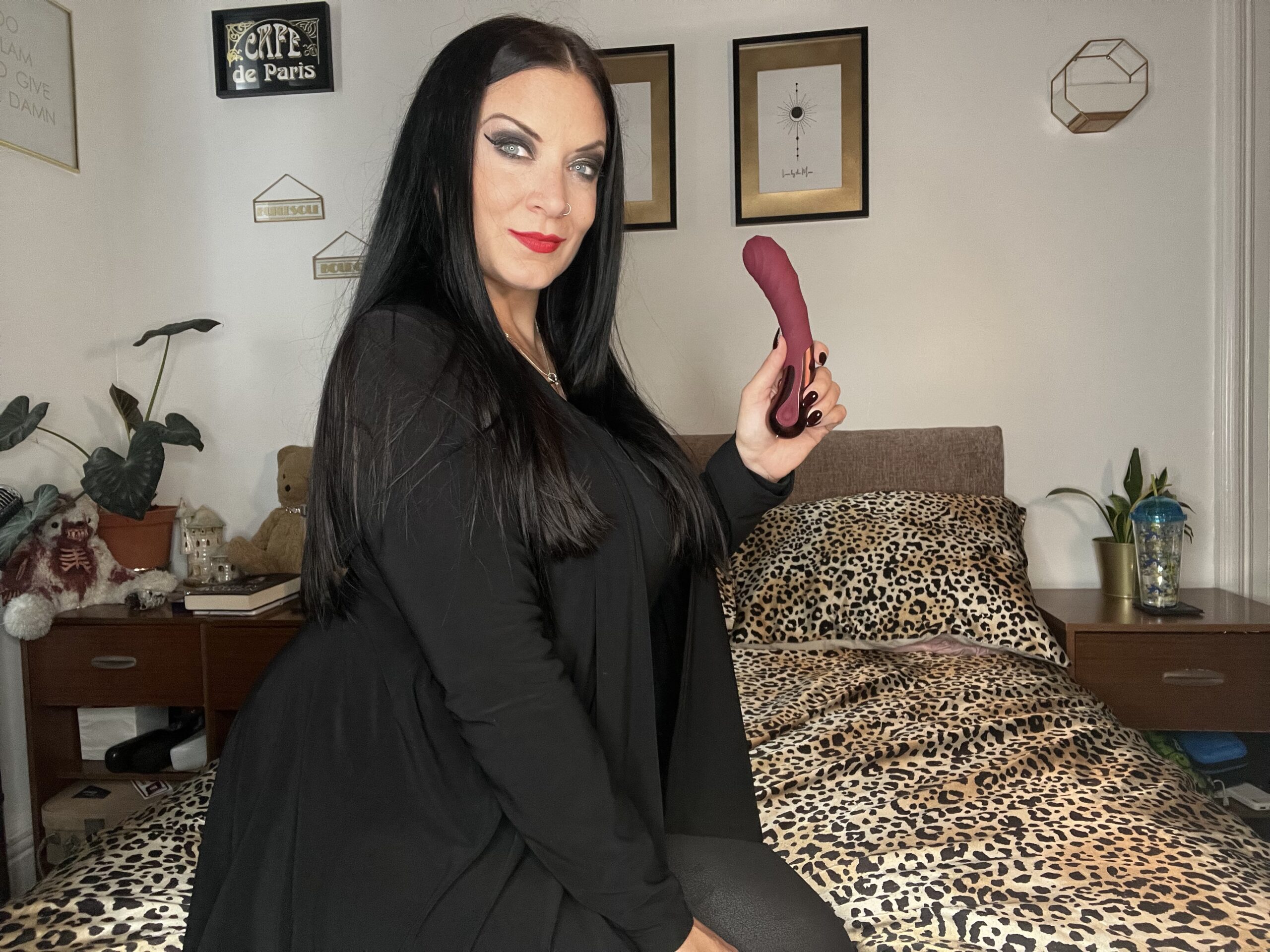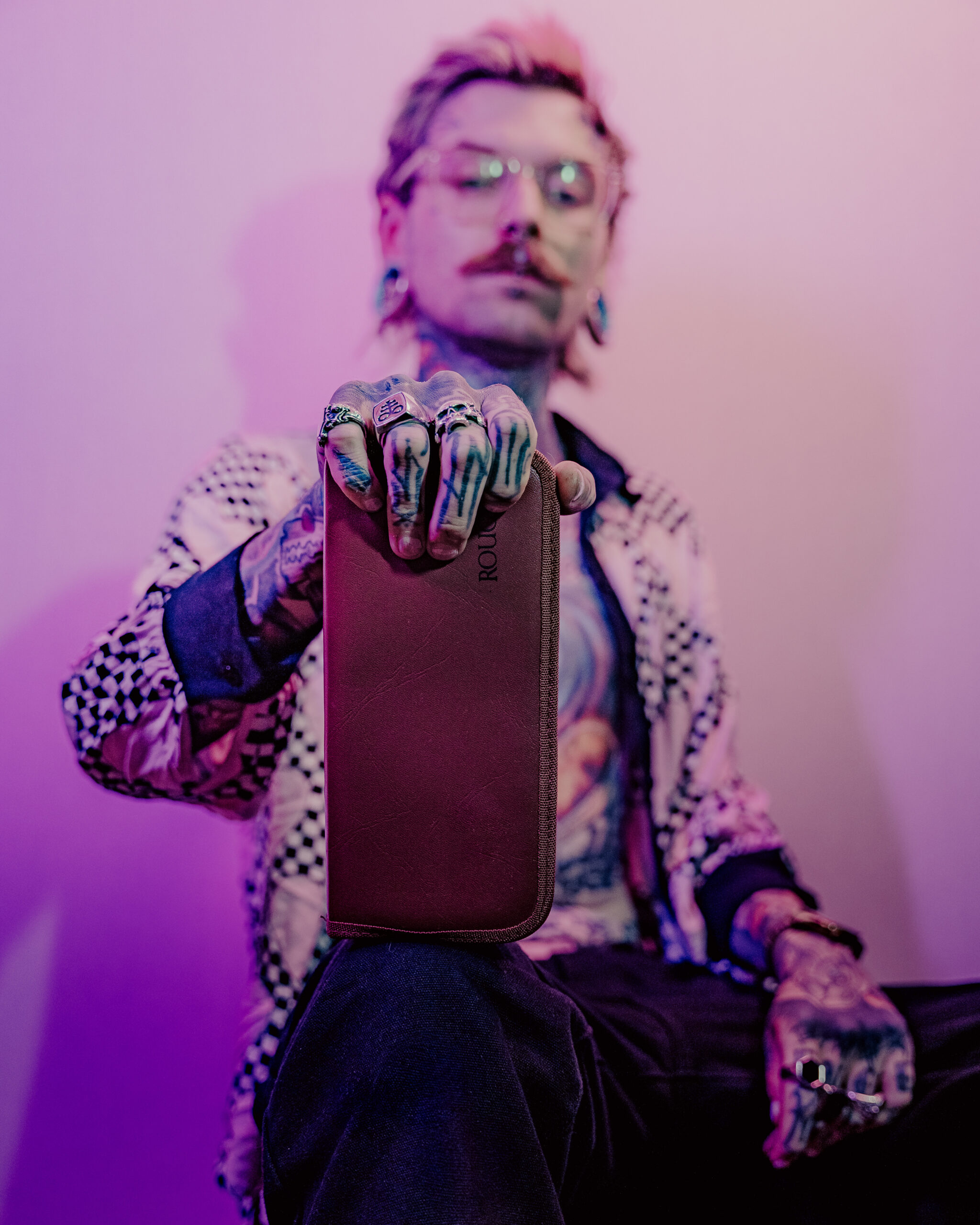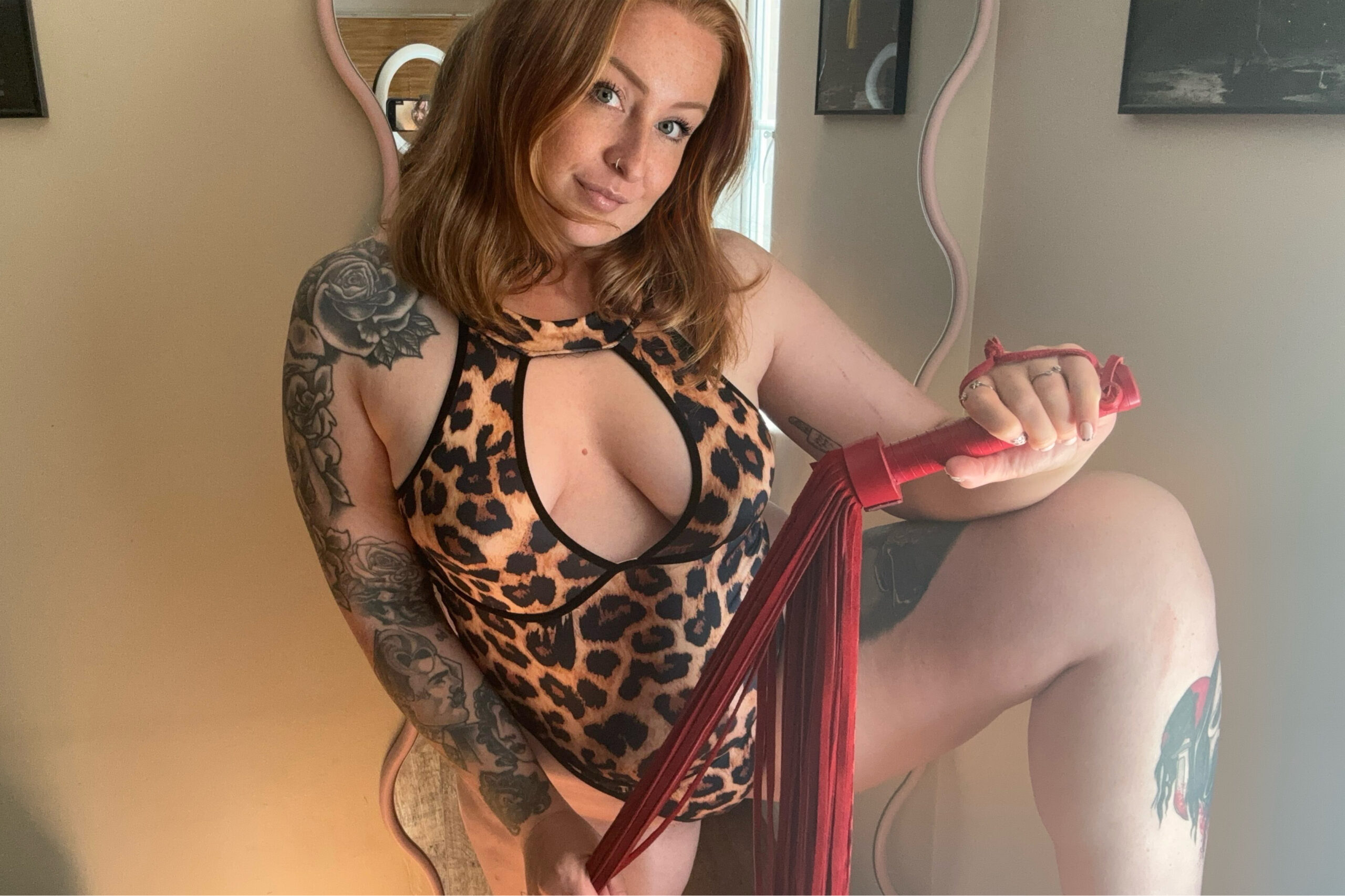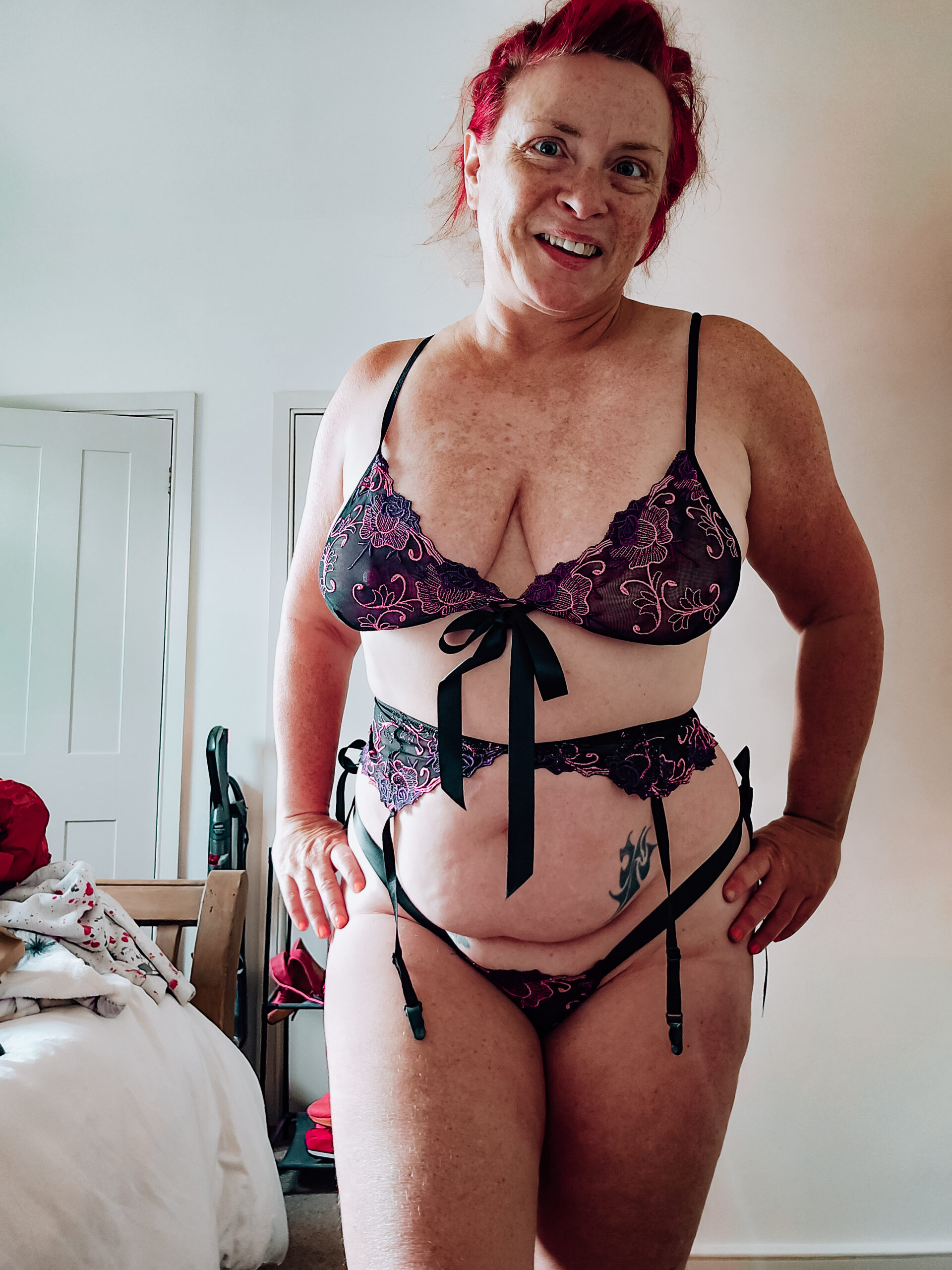The Influence of Technology on Modern Love and Dating
The Influence Of Technology On Modern Love And Dating

The Changing Nature of Romantic Relationships

The nature of romantic relationships has undergone significant transformations over the past few decades, and one of the primary drivers of this change is technology. From online dating platforms to social media, digital communication tools have become an integral part of modern love and dating. This shift has brought about a new era of connections, interactions, and expectations in romantic relationships, with profound implications for how we form, maintain, and navigate our most intimate relationships.
The Rise of Online Dating Platforms
The advent of online dating platforms has revolutionized the way people meet, form relationships, and navigate love in the modern era. With just a few clicks, individuals can access a vast pool of potential partners, connect with like-minded individuals, and explore various types of relationships. This shift towards digital matchmaking has had far-reaching consequences for societal attitudes towards romance, intimacy, and relationships as a whole.
The Impact on Intimacy and Emotional Connection
The advent of technology has revolutionized the way people interact, form connections, and ultimately, experience love and intimacy in modern relationships. While technology has opened up new avenues for meeting potential partners and maintaining existing ones, it has also posed significant challenges to traditional notions of romance and emotional connection. sleek design
The Shaping of Relationship Expectations

The world of modern love and dating has undergone a significant transformation in recent years, largely driven by the advent and proliferation of technology. From online dating platforms to social media, digital communication channels have revolutionized the way people interact, connect, and form relationships. As a result, traditional notions of courtship and partnership have been redefined, and new expectations have emerged.

The Psychological and Social Implications
The world we live in today has undergone significant transformations, largely driven by technological advancements. massage oils dildos One of the most profound impacts of technology on our society is its influence on modern love and dating. The way people meet, interact, and form relationships has undergone a drastic shift, leading to both positive and negative implications for individuals and society as a whole.
The Future of Modern Love and Dating
The world of love and dating has undergone a significant transformation in recent years, significantly impacted by the rapid advancement of technology. Gone are the days of relying on chance encounters at social gatherings or through mutual friends; today, we can swipe right, tap away, and connect with potential partners from all over the globe. Dream Toys collection Social media platforms have become an integral part of modern dating, offering a vast array of options for individuals seeking connection, companionship, or even just a casual fling.
As technology continues to evolve at breakneck speed, it’s clear that its influence on modern love and dating will only continue to grow. Online dating has become increasingly popular, with millions of people worldwide using apps and websites to search for romance. The rise of social media has also led to a shift in the way we present ourselves to others, creating new challenges and opportunities for self-expression.
But technology’s impact on modern love and dating is not without its pitfalls. Concerns around safety, consent, and emotional connection are growing, as people navigate the complexities of online relationships and the blurring of lines between reality and virtual reality.
As we move forward in this new landscape, one thing becomes clear: the future of modern love and dating will be shaped by our collective choices about how we use technology to connect with others. Whether we opt for a life of curated online personas or a more authentic, face-to-face approach, the world of modern romance is sure to continue evolving at a dizzying pace.
Shop cheap sexy lingerie for irresistible savings at Peaches and Screams Buy Black Level products for a daring, bold experience at Peaches and Screams Shop intimate shaving products for smooth and comfortable results at Peaches and Screams Explore sex swings and machines for thrilling action at Peaches and Screams Stay safe with condoms from Peaches and Screams Shop cock and ball bondage gear at Peaches and Screams Explore You2Toys for high-quality and affordable pleasure products at Peaches and Screams
Carmen Alexandra Couture Lust Line the Studio


